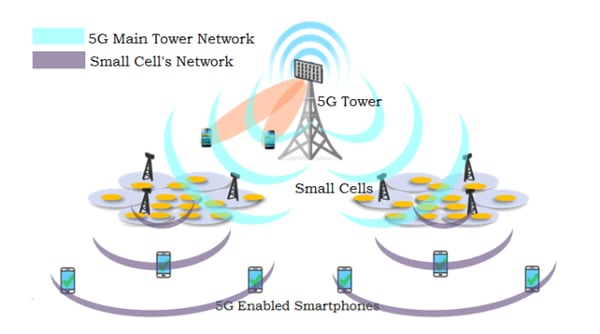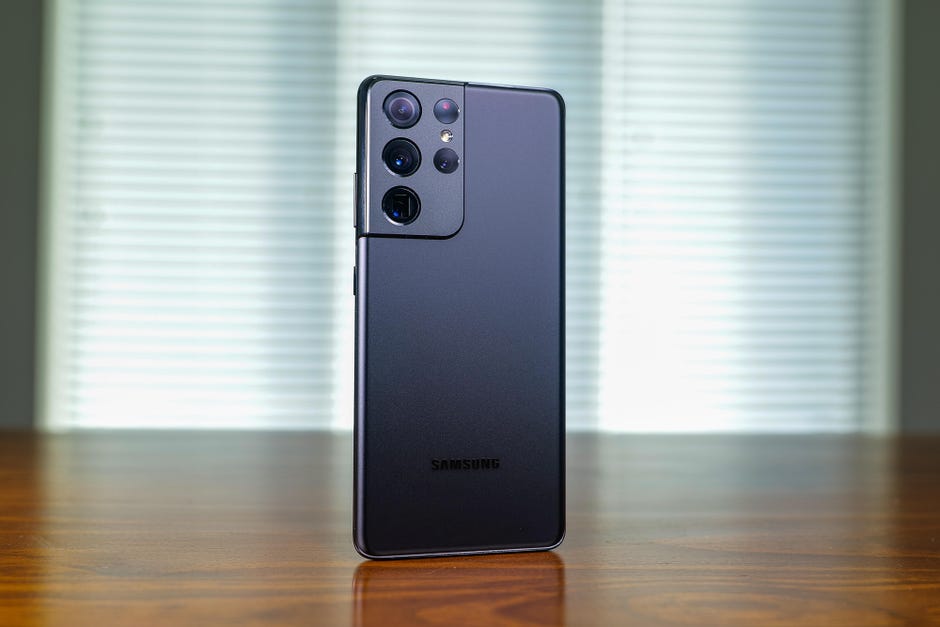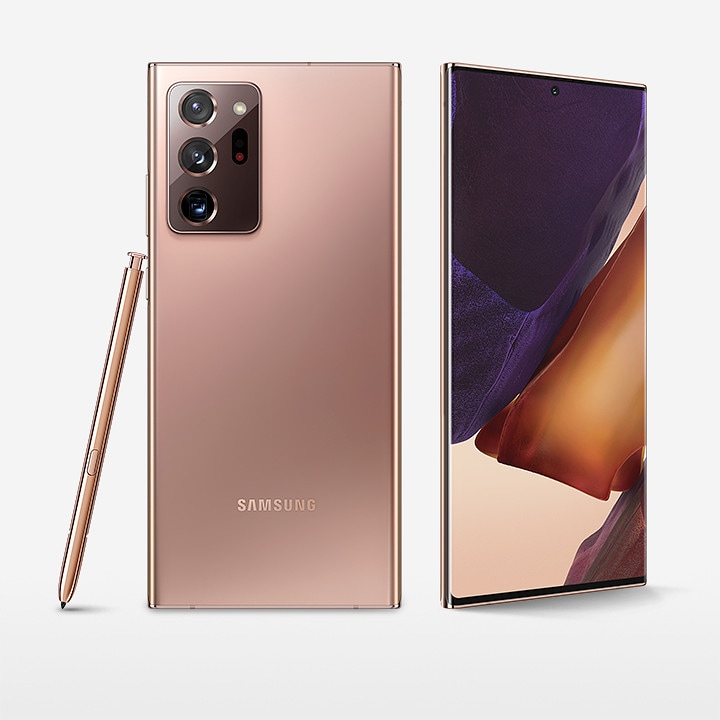As 5G coverage expands across the world, there are more questions than answers. In this article, we will explain all about 5G technology. We’ll cover how the 5G network works, what happened to its 3G and 4G predecessors, and what are the best 5G phones for Android.
If you want to see other trends like 5G, check out the article on top Android app development trends.
What is 5G?
5G refers to the fifth generation mobile network. After its predecessors the 1G, 2G, 3G and 4G networks, 5G is a new global wireless standard. 5G enables the invention of a new kind of network that connects virtually everyone and everything, including computers, things and devices. The G in 5G refers to a generation of wireless technology. There are three types of 5G low band, mid band and high band.
- 5G low band uses frequencies below 2 GHz. Cell and TV frequencies have been around the longest. They can travel long distances, but there aren’t many channels available, and many of those channels are used for 4G. As a result, low band 5G is slow. So far, it looks and sounds like 4G. Low band 5G channels are 5 MHz to 15 MHz wide.
- The frequency range for mid band 5G is 2 to 10 GHz. This includes the majority of existing cellular and Wi-Fi frequencies, as well as slightly higher frequencies. Since these networks have a reasonable range from their antennas, often around half a mile, it is the working networks that carry the majority of 5G traffic in most other countries.
- 5G broadband is mainly waves in the 20-100GHz range. These frequencies have never been used for consumption before. They have a short range, but there’s a lot of unused spectrum up there, which means they can run at very high speeds, up to 800 MHz at a time. Broadband backhaul has been used in the past to connect base stations to remote internet links. However, since portable processing power and highly advanced antennas weren’t available at the time, they weren’t used for consumer devices.
How does 5G work?
5G networks, like other cellular networks, use a system of cell sites that divide their territory into zones and transmit encoded data via radio waves. Each cell site must be linked to the backbone of the network, whether by wired or wireless link. Since 5G networks deal with many larger and smaller cells that can change size and shape compared to previous systems, they must be much better than previous systems. however, Qualcomm says 5G will be able to quadruple capacity over current systems by leveraging wider bandwidths and advanced antenna technologies, even with existing macrocells.

What about 1G, 2G.3G and 4G?
1G was analog cellular. The first wave of wireless cellular technology was 2G, which included GSM, CDMA, and TDMA. 3G technologies have brought speeds ranging from 200 kbps to several megabits per second. 4G technologies, such as LTE and WiMAX, were the incompatible next step, with speeds reaching hundreds of megabits and even gigabits. Now, in 2022, 1G and 2G technologies have disappeared. AT&T plans to end service on its 3G networks in February 2022. 4G, however, still has many years of life. 4G networks and coverage are required for all 5G phones. Initially, all 5G networks relied on 4G to create their links, a practice known as “non-standalone”. We are moving away from that and moving towards “stand-alone” networks, but without the help of 4G, 5G networks lose a lot of performance. As a result, for a long time, most networks will be combined 4G / 5G links.

The best 5G Android devices
Samsung Galaxy S21 Ultra
The Samsung Galaxy S21 Ultra is designed to deliver everything you could possibly want on an Android device. It’s a powerful, high-end phone with a special superzoom camera, stunning display, and cutting-edge network chops. The phone is equipped with Qualcomm’s new Snapdragon 888 system-on-a-chip, which means the device supports almost any 5G network available.

Samsung Galaxy Note 20 Ultra
Samsung’s Galaxy Note 20 Ultra is the company’s most powerful big-screen phone right now, and that includes its 5G approach. This 6.9-inch Android smartphone is compatible with any 5G network and its dynamic 120Hz monitor changes the refresh rate to save battery power while providing smoother scrolling and more immersive games.

Samsung Galaxy S21 Plus
The Galaxy S21 Plus, which starts at $ 999 for the 128GB model, is a powerhouse to deal with, even if it lacks some of the main features of the Galaxy S21 Ultra. However, as a 5G smartphone, you will have access to the latest Qualcomm X60 5G modem and all available 5G bands. It can work with all three carriers, including Verizon’s mmWave network.


